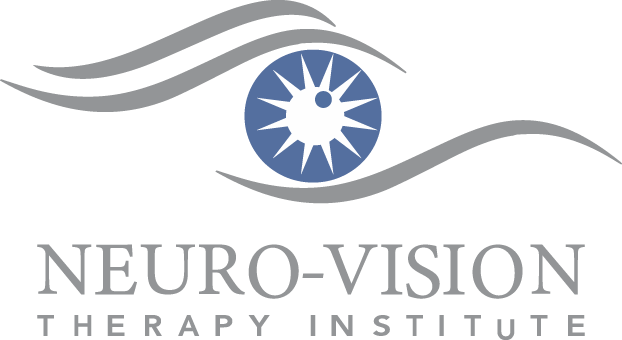What is convergence excess?
Convergence excess is a condition where the eyes have a strong tendency to aim inward during reading and close work. It can impact both children and adults at any age. Convergence excess can lead to blurry vision, tired eyes while reading, and the need to move closer and closer to reading material. Gradually needing to increase the lens power on contact or glasses prescriptions can be a sign of this condition. The tests required to diagnose convergence excess are often not included in traditional vision screenings.
What are symptoms of convergence excess?
A person who has convergence excess tend to experience symptoms while doing close work on a computer or reading. Blurry vision at a distance may result as well. People with convergence excess experience any combination of the following symptoms, which often worsen towards the end of the day:
- Eye strain
- Headaches
- Blurred vision
- Double vision
- Difficulty reading
- Difficulty concentrating
- Difficulty with reading comprehension
- Words moving on the page
- Feeling tired while reading
- Slow reading
If you or a loved one experience any of the above symptoms, a Neuro-Vision Evaluation conducted by a Neuro Optometrist is the only means of getting a clear and accurate diagnosis. If you’re interested in better understanding the seriousness and severity of the symptoms you or a loved one are experiencing, we encourage you to take our Vision Symptom Quiz.
What causes convergence excess?
Convergence excess is a common binocular vision deficit that is typically developed in childhood or in school years but can persist as an adult. Other medical conditions can cause convergence issues, however, those are often triggered as a sudden onset of symptoms rather than long-standing over time.
How is convergence excess treated?
The best convergence excess treatment approach is an individualized neuro-vision therapy program, along with careful consideration of lens prescription. The main goals of vision therapy in the treatment of convergence excess is to improve the accuracy of how the eyes aim and relax the visual system so vision is effortless and automatic.
After your Neuro-Vision Evaluation, Dr. Talaber will estimate the number of Vision Therapy sessions needed for your convergence excess treatment based on the severity of the condition. Reading glasses can be a helpful supplement to therapy.
References
Ciuffreda K. The scientific basis for and efficacy of optometric vision therapy in nonstrabismic accommodative and vergence disorders. Optometry. 2002;73(12):735-762.
Conclusion: For nearly 75 years, optometric vision therapy has been an important mode of therapy for both children and adults who manifested a range of accommodative and vergence disorders.The findings clearly support the validity of optometric vision therapy. Furthermore, the results are consistent with the tenets of general motor learning.
Gallaway M, Schieman M. The efficacy of vision therapy for convergence excess. J Am Optom Assoc. 1997;68(2):81-86.
Conclusion: Vision therapy was successful in enhancing vergence (eye teaming ability) and eliminating symptoms in the vast majority of patients with convergence excess and is an effective treatment for this condition.

